A team at the Harvard MRSEC led by Lakshminarayanan Mahadevan and Jennifer A. Lewis has created shape-shifting lattices by combining predictive design and multimaterial 4D printing.
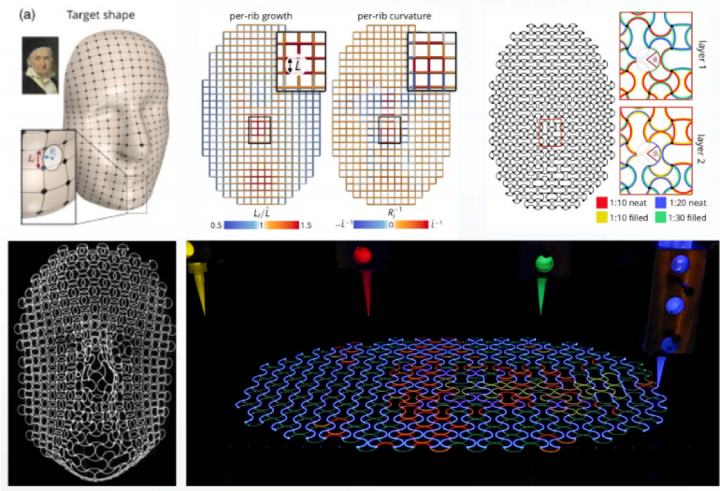
A team at the Harvard MRSEC led by Lakshminarayanan Mahadevan and Jennifer A. Lewis has created shape-shifting lattices by combining predictive design and multimaterial 4D printing.

In the Fall of 2019, the LRSM installed a uniquely equipped focused ion beam / scanning electron microscope from the TESCAN corporation. The instrument has a high flux xenon source, allowing rapid sample removal. It is equipped with two novel accessories, a cryogenic transfer system and a time-of-flight secondary ion mass spectrometer (ToF-SIMS).
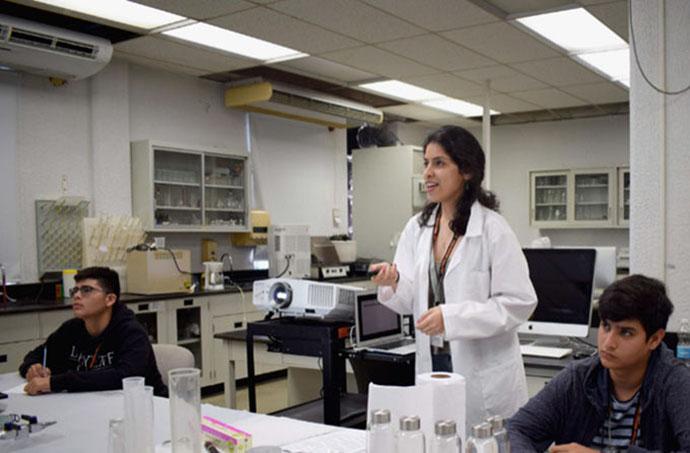
“Experimenta con PREM” is a summer high school program organized by PREM-UPR (Univ. of Puerto Rico [PR]) faculty. Led by Wallace and Licurse, Penn participates annually by creating workshops and staffing those workshops with LRSM post-docs and grad students.
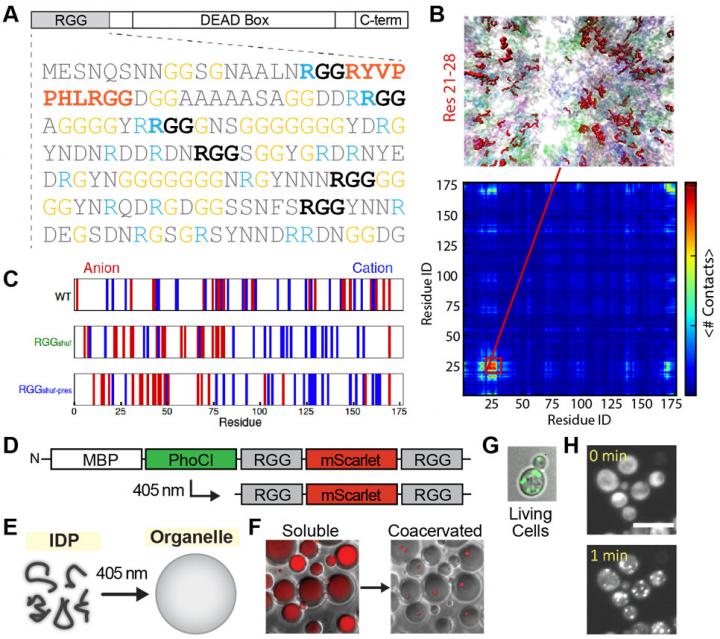
The SuperSeed labs of Hammer and Good designed a disordered protein material called ‘SPLIT’ capable of self-assembly into micron size protein condensates when illuminated with brief pulses of 405 nm laser light [1].
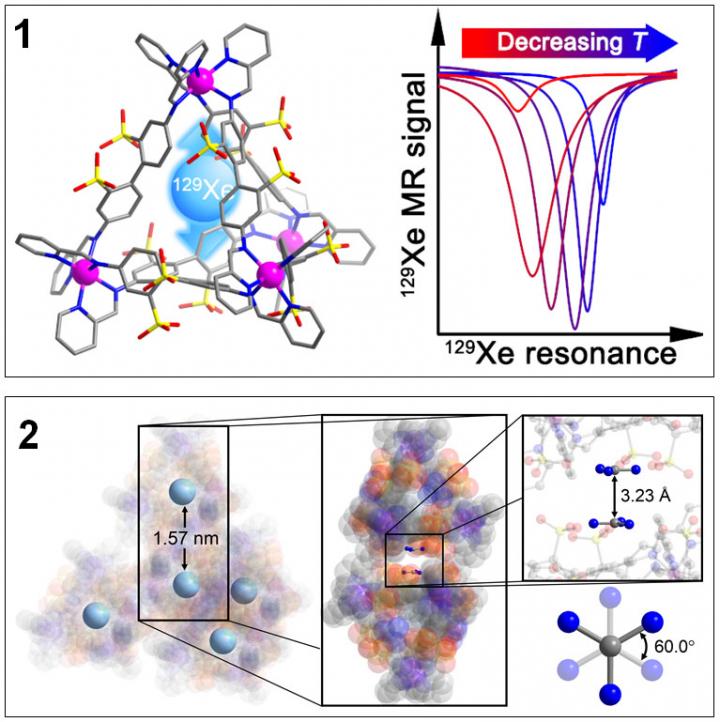
This collaboration between Dmochowski (Seed) and Kikkawa (IRG-3) addresses a major challenge for molecular imaging with conventional MRI: the probes typically have low sensitivity and lack of responsiveness to local environment.
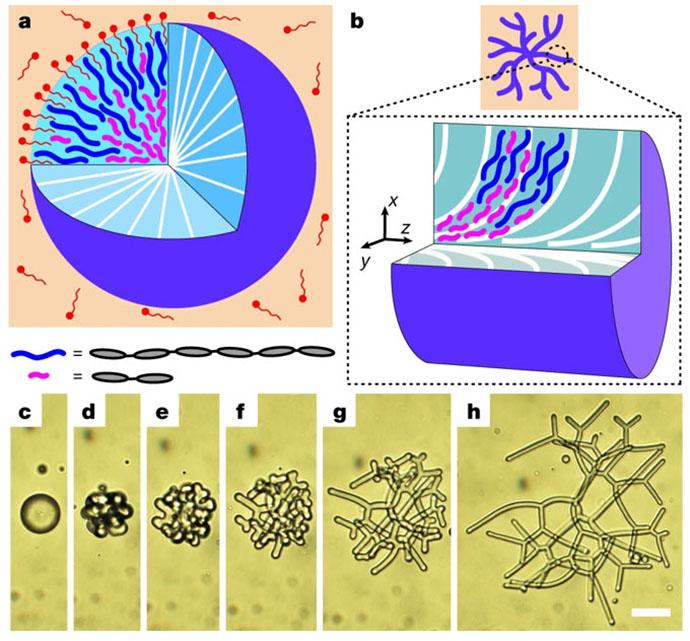
With few exceptions, polydispersity or molecular heterogeneity in matter tends to impede assembly Shape transformations of liquid droplets, for example, are readily understood on the basis of homogeneous material responses. Here, Yodh and Yang in IRG-3 studied drops filled with polydisperse nematic liquid crystal oligomers (NLCOs).
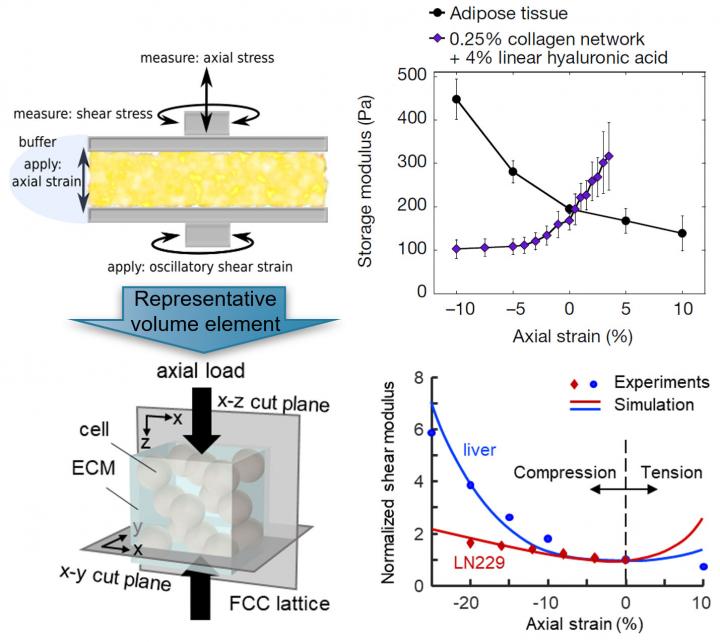
The Janmey and Shenoy groups in IRG-2 studied multiaxial response of soft tissues (top left image). Measurements (Janmey) and a theoretical model (Shenoy) show that the tissue rheology emerges from an interplay between strain-stiffening polymer networks and the volume-conserving cells within them.
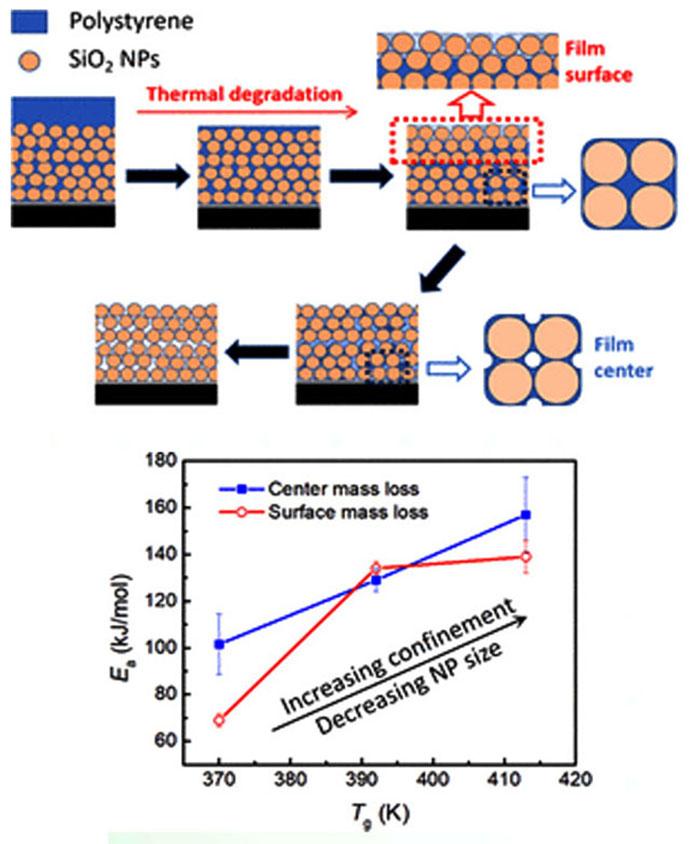
A collaboration between members of IRG-1 (Fakhraai, Lee, Turner) explored the properties of disordered packings in different environments. Specifically, they investigated the effects of extreme confinement on the thermal properties of polymer-infiltrated nanoparticle films.
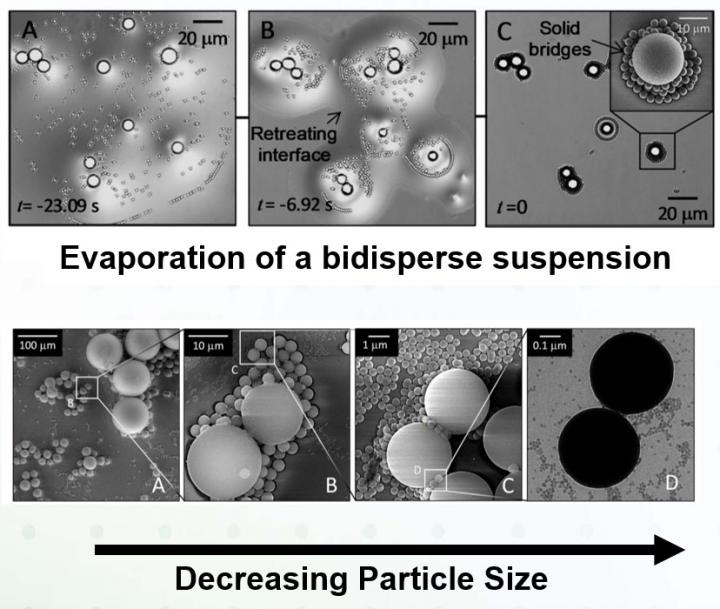
This IRG-1 collaboration, is focused on the mechanics of disordered solid granular matter and is led by Arratia, Ma (post-doc, Yodh lab) and Jerolmack (MRSEC collaborator).
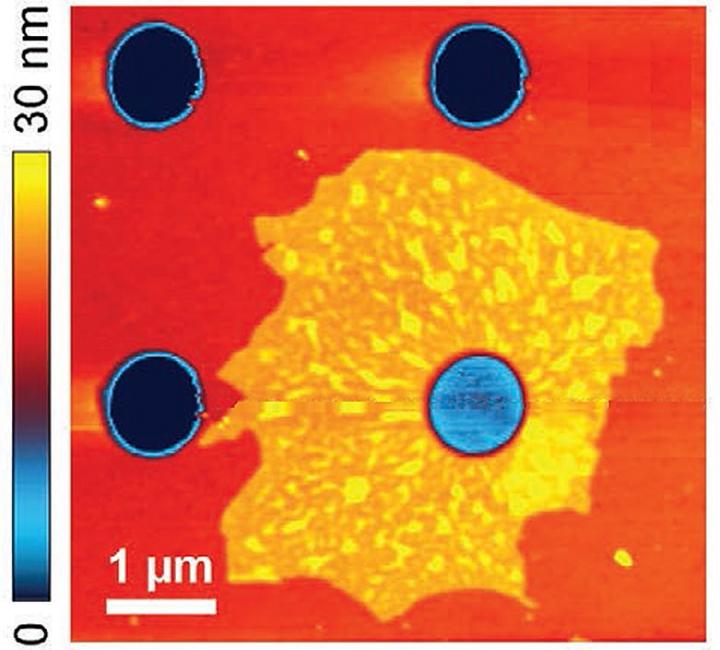
MXenes are two-dimensional (2D) ceramics made of transition metal carbides and nitrides. Unlike other 2D ceramics, MXenes have inherently good conductivity and thus are promising for various applications. Probing the local physical properties of MXenes monolayers is important for the understanding of their functional performance. Nebraska MRSEC researchers in collaboration with their colleagues at Drexel University have developed an improved method for synthesis of monolayer membranes of Nb4C3Tx MXene.